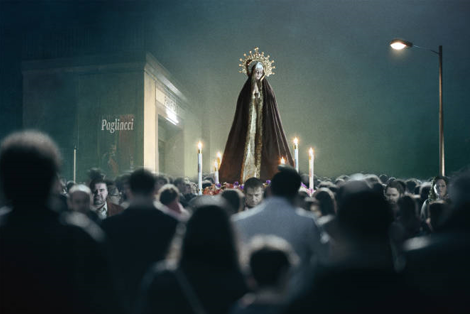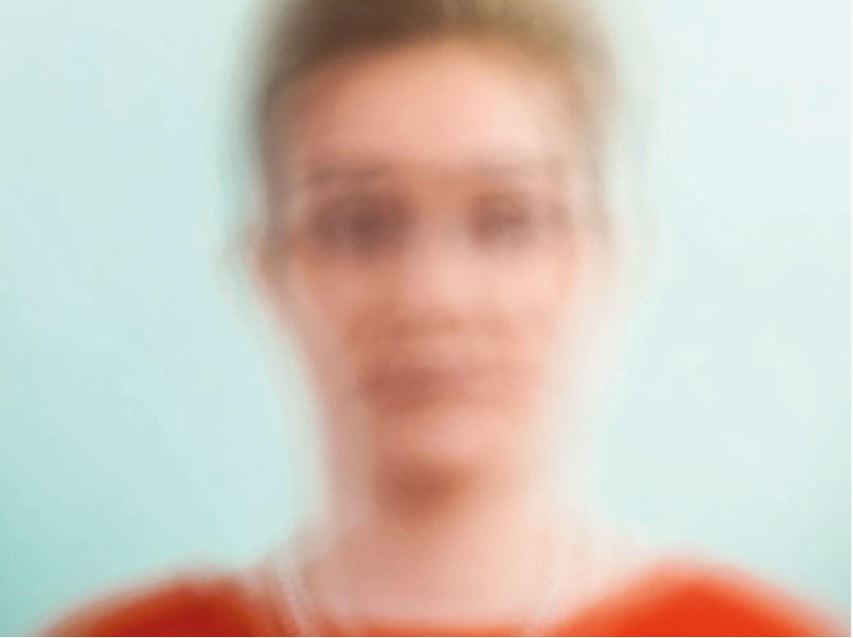Verdi's Requiem at the Metropolitan Opera House
Image taken from the Metropolitan Opera House website
In a remarkable career spanning six decades in the theatre, Giuseppe Verdi 1813-1901, composed nearly 30 operas, at least half of which are at the core of today’s repertoire. His Requiem, premiered in 1874, stands as a unique testimony to his artistic and human vision and is a setting of the text for the Roman Catholic mass for the dead as it existed until its revision in 1970.
The musical score calls for a large chorus, full orchestra and four soloists, being a tenor, soprano, mezzo soprano and interestingly a bass rather than a baritone. Verdi gives two of the most unforgettable passages of the score entirely to the chorus – the Dies irae and the complex Sanctus. The text is monumental and is nowhere more apparent than in the final Libera me. The generated emotional power here derives from the solo soprano part, which climaxes with a run up to a high C that seems to embody the sum total of human fear and aspiration.
This performance was dedicated to the memory of the great Russian baritone, Dmitri Hvorostovsky, who died at the age of 55 in November 2017.
This was James Levine’s Requiem – possibly his last. This loved and most outstanding Conductor was responsible for the musical excellence throughout the evening as he joined his specially constructed podium, large enough for his wheelchair, in order to direct the evening’s proceedings. You could see how he was pumped up and ready to ensure that the audience enjoyed this most sumptuous of music to the full. He sang every note with the chorus and with his outstanding soloist was given the largest accolade and applause from both the audience and artists at the end.
He was fortunate in the choice of his cast, which was outstandingly chosen. Perhaps surprisingly the two most interesting performances came from the bass of Ferruccio Furlanetto and mezzo soprano of Ekaterina Semenchuk.
Furlanetto seemed to be suffering with a cold, but the resonance of his bass voice was truly outstanding throughout the evening and he seemed at times to be able to add an extra gear to his output to fill the huge 5,000 seater auditorium of the Metropolitan Opera House.
The mezzo soprano, Semenchuk, also gave an outstanding and fulsome rendition of the role she was asked to sing. She has wonderful chest notes with a deep mezzo sound in the Marilyn Horne calibre.
The soprano, Krassimira Stoyanova, has the task of singing probably the hardest role in this piece, with soaring high notes to a top C, as well as deeper notes lower down. Hers is not the most substantial of soprano sounds, but she has subtlety of vocal projection that enables her to reach into the core of her role, producing ample light and dark sound.
This was not a typical role for the tenor, Aleksandrs Antonenko. He lacked the subtlety and differentiating quality of tone that is required, but he has a ringing tenor instrument and was able to meet the more substantial levels of output that the role requires. However, in his solo rendition of Ingemisco, he was unable to achieve the vocal delivery required for the singing in falsetto and really struggled.
Nevertheless, what a joy to hear the incredible music produced by Verdi, conducted and sung with such grand output. An extraordinary, emotional evening for the audience and also for the Conductor, who will now have to deal with allegations of 40 year old inappropriate behaviour at the end of his illustrious career.
David Buchler







